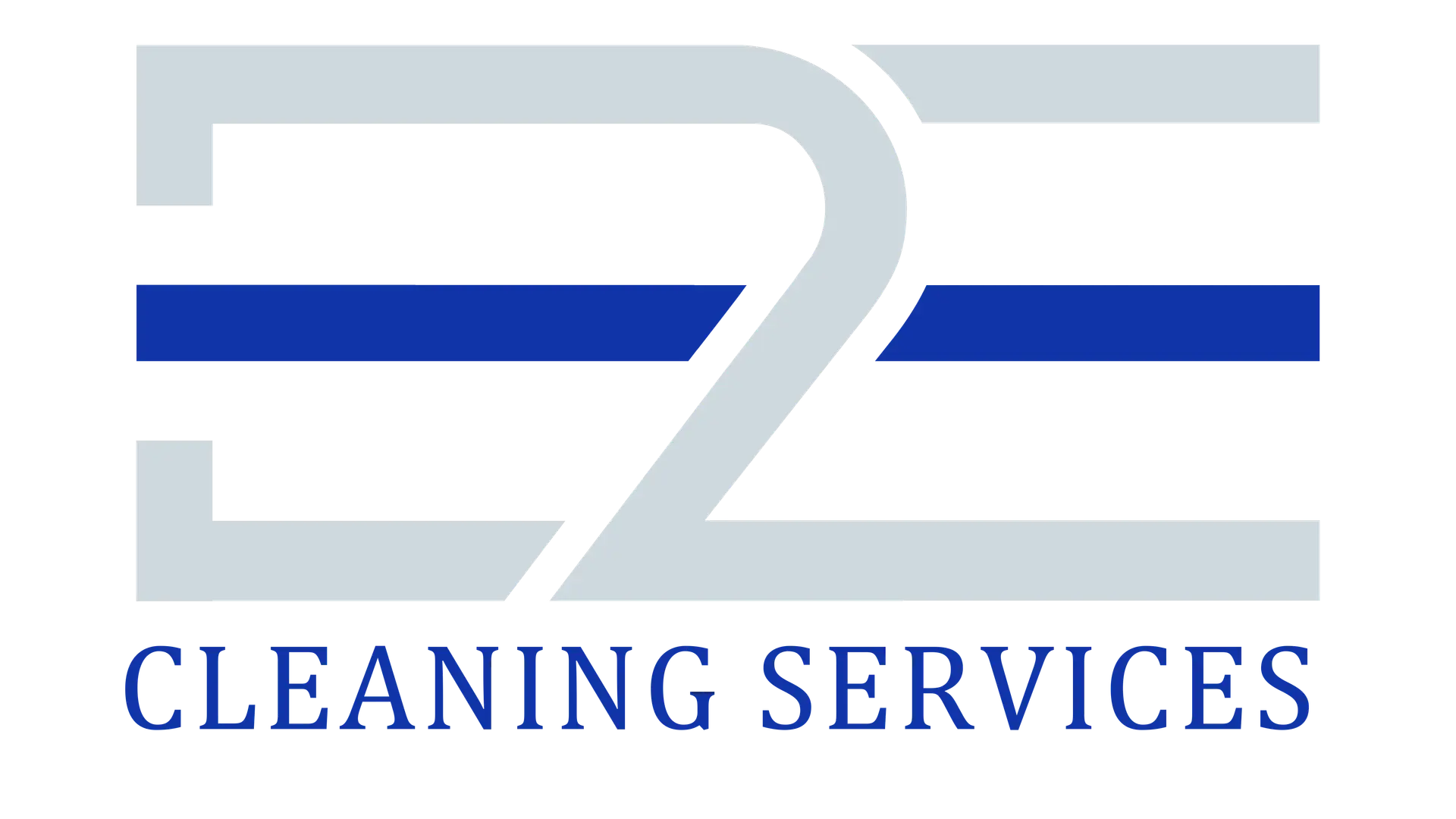Organizing majors such as Mount Dora Half Marathon & 5K involves vast planning and undertaking comprising of strategic planning, actual event operations and lastly, recovery. Here is a step-by-step guide to a three-phase strategy that has been developed to address Florida’s climate and the needs of event planners, corporate planners, and venue managers in Tampa and other cities.
By so doing, the stakeholders can be able to achieve sustainable cleaning practices that make the event experience better while at the same time improving a healthy environment.
Phase 1: Pre-Event Strategic Planning
The preparation process before the event is the key to a successful large-scale event cleaning process. This phase involves three crucial components: staff scaling or staffing, equipment positioning and the cleaning zones.
Staff Scaling
In particular, when there are more than one hundred people at the event, hiring professional cleaning services is not only useful, but also crucial. An effective staff management is required and one should be put in charge of the cleaning and the organization of the cleaning crew, how to schedule the tasks and to make sure that all tasks are accomplished within the shortest time possible.
The team leader must possess lots of experience organizing event cleaning services and must have knowledge on the complexities of cleaning huge events.
Equipment Staging
It is very important to stage the equipment well so that cleaning could be efficiently done during the event. Any- and everything needed to clean, including high-power vacuum cleaners, floor scrubbers, and mops alongside Environmental Protection Agency (EPA) approved cleaning substances must be placed in proper locations within the event venue. Pre-event arrangement of cleaning tools guarantees that cleaning teams can easily access the tools without much delay when the event is on.
Furthermore, sustainable practices must be integrated during the equipment staging phase of the project. The event can reduce its environmental impact by washing with green products and by making a proper recycling plan. When selecting suppliers and engaging in the best practices, the event organizers can show that they are socially responsible and sustainable.
Zone-Based Cleanup Strategies
The management of cleanup is dependent on the division of the event area into workable sections. It guarantees that the areas with increased traffic rates are clean and that overcrowding is avoided, which is dangerous and unhygienic.
It is suggested that every zone should have its own cleaning team that would observe problems and solve them on the spot. However, with organizational plans for response to spills, litter and other problems in motion, clear communication channels have to be created for real-time intervention by cleaning teams.
Schedule your next event Cleaning Service. Click Here
Phase 2: Day-of Execution
During the planning and organization of the event, the co-ordinative phase of the day of the execution of the event is very essential in ensuring that the environment is clean, safe and comfortable to everybody. This phase focuses on two key areas: traffic control and response procedures for high traffic areas.
High-Traffic Area Management
Every event that occurs in the city, such as the Tampa Marathon, is likely to cause congestion in some parts of the city than in others. Such areas consist of start/finish lines, water hydration areas and rest room facilities that attracted many participants or users whom most need regular cleaning and sanitizing to avoid accumulation of substances or people.
These areas should be cleaned by special teams that should be on the lookout for problems and solve them on sight. Besides making sure that the space used for the event is clean and aesthetically appealing this reduces risks such as a spillage that would make the floor slippery, or objects left on the floor that people might be tempted to trip over.
Real-Time Response Protocols
This is especially true even with proper planning before the event of the event, there are circumstances that may occur during the event. To tackle such challenges as soon as possible, there is a need to develop sound and effective real-time response mechanisms.
Through direct feedback instruments like, application, social media, communication channels it will be possible and effective to closely monitor and ensure cleaning teams are quick to address cases of spills, litter among others.
By doing this, the event organizer makes sure that any interferences are prevented so that the event happens effectively.
Furthermore, it is necessary to use adaptive cleaning tactics that will allow responding to changes in event dynamics. For example, if some calamity occurs such as rain, then cleaning teams may be required to change their activity to wiping off water or mud in some sections.
If the planner stays alert and flexible during the day-of-execution, the cleaning process will complement the rest of the event positively and create a positive experience for everyone.
Phase 3: Post-Event Restoration
After the event has been completed, there is a stage, referred to as the post-event restoration stage. This phase is important in order to make sure that the event space is left in the state of giving all the cleanup work to the suppliers and that all the clean up work has been done to the highest standard.
Systematic Breakdown
This approach should be formatted in a structure that allows no spaces to be left unattended on the cleanup process after an event has occurred. This plan should contain a check-list of all the activities that need to be undertaken during the cleanup exercise including picking of litter and debris, washing, and fumigation.
It is also necessary to point out that the processes of quality control should also be put into practice. Finally, there are general general clean up tasks that must be treated as cornerstones of the clean up and should be checked thoroughly to ensure all necessary tasks have been accomplished to the necessary standards. Such attention is paid to avoid leaving the event space in a mess or untidy state for the next event or its regular usage.
Sustainable Disposal
As much as proper Sustainable Management processes were practiced during the pre-event planning stages, proper management of all wastes during the restoration and cleaning up after the event is also of increased importance. This is including setting up of proper recycling policies and provisions and strictly adhering to reduce the dumping of wastes in the rubbish bin.
Following a step by step approach of post-event clean up and practicing proper disposal methods, the event planners can show that they are environmentally conscious while at the same time returning the event venue to its original state for any other event that might be planned on the same venue.
Inside the Mount Dora Half Marathon & 5K: A Strategic Analysis
Real-life examples of Tampa Marathon with more than 1,000 attendees can perfectly illustrate the necessity of employment of the three-phase approach described in the guide. Therefore, while cleaning, the teams had to overcome Florida’s challenging climate conditions, including high heat and humidity and unprecedented extreme weather changes.
Staffing during the event, equipment deployment, and organizational sanitation in terms of zones made the event to be successful due to efficient pre-event planning. Specifically, during the day-of execution phase, real-time response was used to solve any problems that may occur during the event and adaptive cleaning was used to address any problems that may arise during the event.
Lasting, the cleaning-up phase is aimed to leave the site in its pre event status where dismantling and quality assurance and control were given suspicion together with eco friendly waste disposal policies.
Overall the approach for the cleaning operation for Tampa Marathon means strategic planning, day of event coordination and organization as well as equally rigorous post-event cleaning up.
By following this guide, event organizers, corporate planners and venue managers in Tampa and throughout Florida can guarantee that cleaning for events will be efficient and environmentally friendly.
Outcomes
Large scale events such as the Tampa Marathon are not easy to organize and therefore the need to have a strategic plan, efficient working on the actual event and proper cleaning up after the event.
The three-phase process described in this guide can be used by event planners, corporate organizers and managers to effectively provide efficient and clean facilities for events in Tampa and across Florida.
Finally, it is crucially essential for any large-scale event cleaning operations, where scale coupled with copious volume and intensity of events can severely be testing the best of cleanings and logistics to state that achievement of perfect cleanliness, safety, and environmental stewardship are achievable through sheer planning, execution, and cleanliness values.
When working with qualified and reliable commercial cleaning service providers, event organizers can guarantee that their events will make a positive first impression on their attendees while being environmentally friendly.






